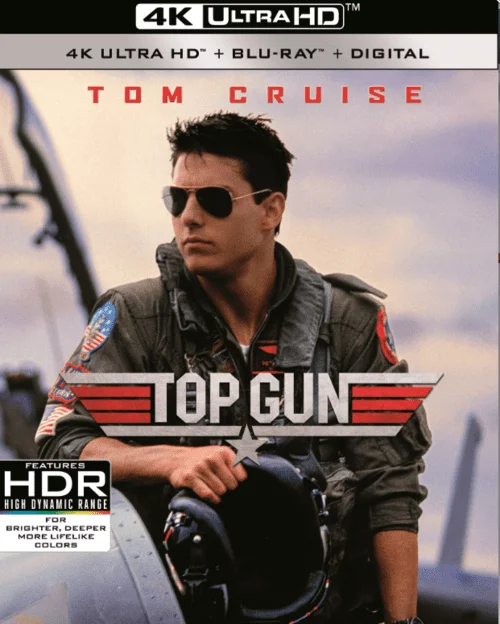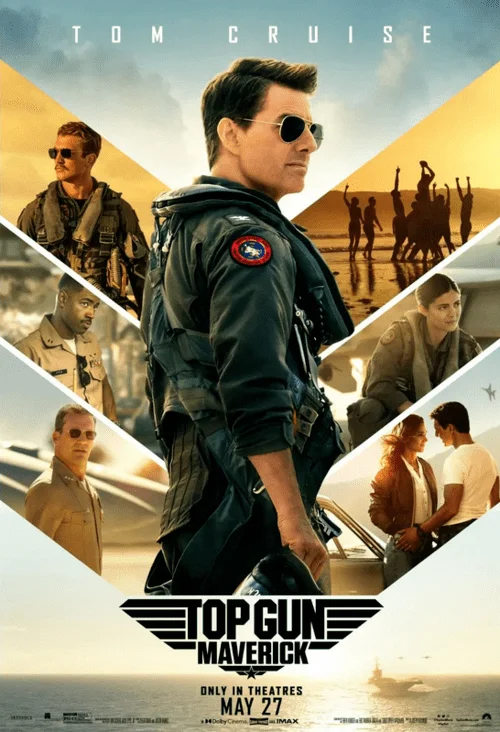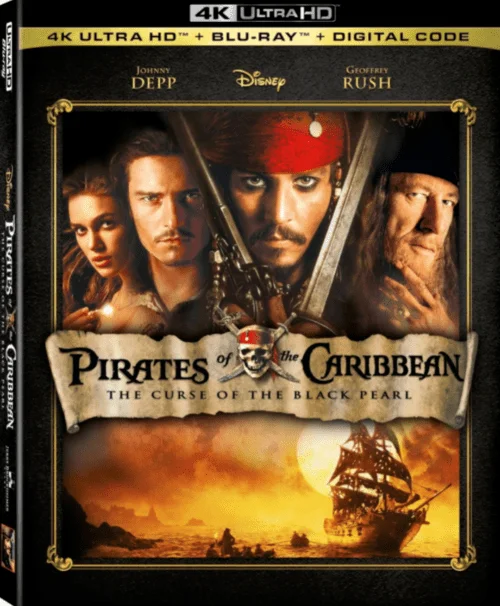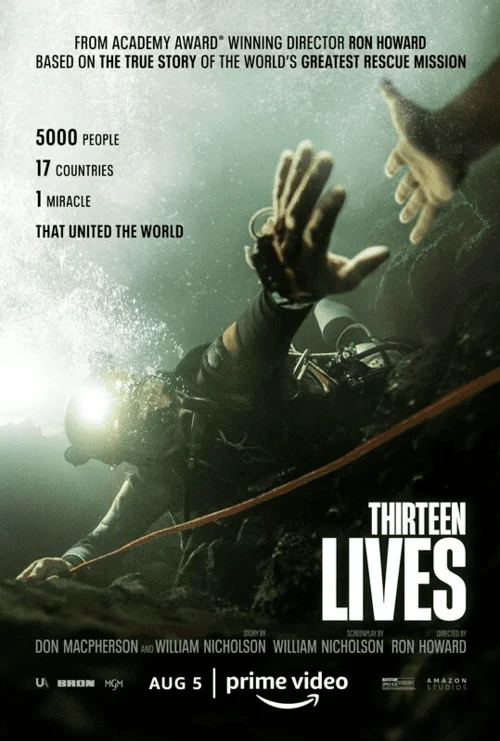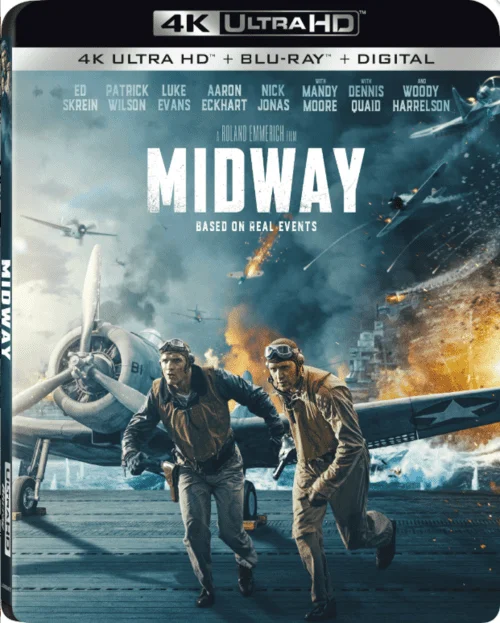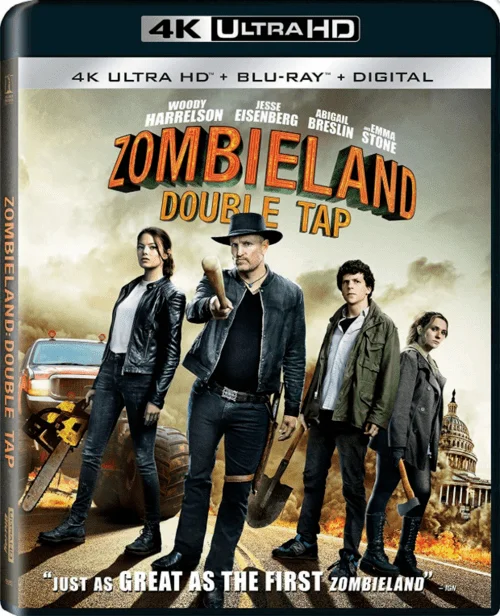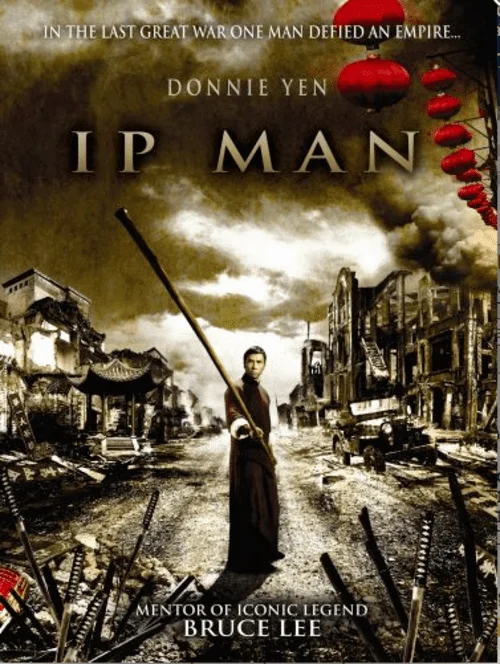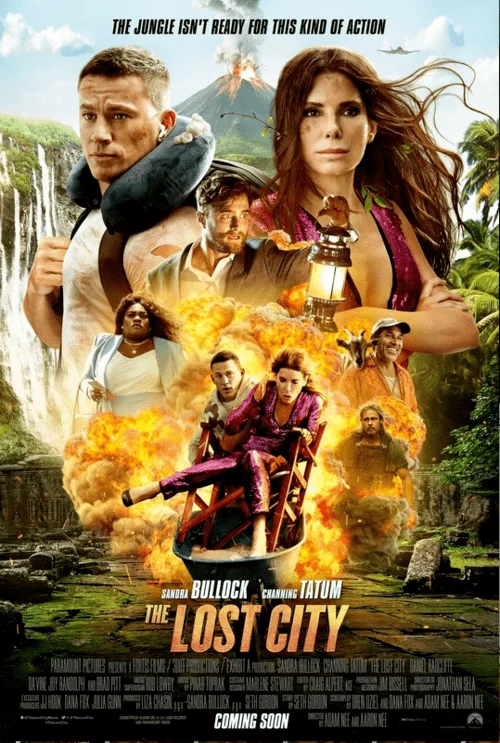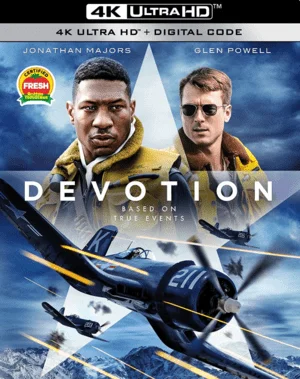
Devotion 4K 2022 Ultra HD 2160p
Cast: Jonathan Majors, Glen Powell, Christina Jackson, Thomas Sadoski, Daren Kagasoff, Joe Jonas, Spencer Neville, Nick Hargrove, Boone Platt, Dean Denton, Thad Luckinbill, Joseph Cross, Serinda Swan, Matt Riedy, Arianna Rosario, Gigi Paris, Erik Bello, Michael David Anderson.

The story will center on two Navy fighter pilots who have to risk their lives during the Korean War.
Devotion 4K Review
Jaycee Brown (Jonathan Majors) is the first black pilot in Navy history. However, the hero wants the main reason he is noticed is not the color of his skin, but his reputation as the best fighter pilot among his peers. He befriends pilot Tom Hadner (Glen Powell), participates in trials, and reaches the brutal battle of the Korean War in 1950-1953 with him.
Cinematography often bets on spectacular aerial battles - you can think of Michael Bay's gigantic "Pearl Harbor," the methodical "Dunkirk," and the aerial acrobatics of the recent sequel "Top Gun." "Double Loop," directed by Justin Dillard, is another attempt to tell the story of the heroism of those who fly above the ground, but spiced up with plenty of additional subplots. Planes seem to be the first thing here, but periodically the film turns 180° and thinks about other things: how hard it is for a dark-skinned pilot in '50s America (for example, a casino refuses to serve him), how to keep friendships and how to find composure while talking to the great Elizabeth Taylor. The story of the pilots is also set in the context of the geopolitical confrontation between the Soviet Union and the United States, not unlike the Hollywood templates. The film focuses on the dynamics - the thrilling duels with the North Koreans are presented in detail, and the carnage is shown by the director using all the scope of the timeline - both from the most disgusting and from the completely mundane side.
Big ambitions and the desire to reach the level of a voluminous war epic, of course, don't always go in favor of "The Loop" - the film drowns in dramatic hero self-discovery, focuses on the haplessness of the segregationist victim and is full of unnecessary interludes in the plot. Even the appearance of Elizabeth Taylor, played by Serinda Swan, is just mere padding to the timeline with an attempt to show that pilots can also rest well, tastefully and mingle with the stars. But when it comes to dynamic scenes, "Double Loop" has a decent arsenal to play with the audience's vestibular apparatus: beautiful aerial shots with elaborate choreography, explosive scenes of aerial collisions and dizzying flights. Rhythmically, of course, it is far from "Dunkirk," but the film copes with the minimal task, immersing it in the difficult everyday life of the air crew. It is fair to say, though, that the fighting scenes here resemble some sort of game simulator (in some places you could really see it as a perfect advertisement for World of Warplanes), but the movie does not glamorize it and does not become sterile.
It's clear to anyone that with the release of the new adaptation of "On the Western Front Without Change," few will be able to show all the frontline horrors of the 20th century with such unvarnished authenticity. But don't expect too much from Double Loop, as the film is more interested in questions of humanity and fidelity to its mission. As it seems, being good at planes is only half the job, in such a difficult craft you also need to be able to navigate people.
File size: 31.6 GB
Trailer Devotion 4K 2022 Ultra HD 2160p
Latest added movies
Comments on the movie
Add a comment
 like
like do not like
do not like